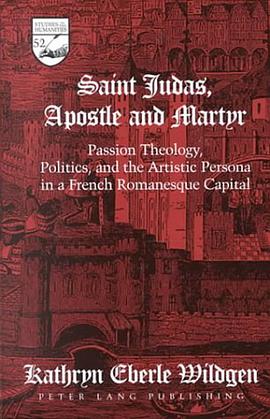

Between 1125 and 1135, it is generally agreed, a sculptor of genius usually referred to as Gislebertus carved a tympanum and a series of capitals for the cathedral dedicated to Saint Lazarus at Autun. The capital depicting the suicide of Judas is unique in the Romanesque repertoire both for its beauty of technique and for its execution of subject matter. The iconography is at once baffling and rich in possibilities of interpretation, which extend far beyond a simple image of a hanged man. One of the possibilities explored is that this is an image of a man realizing in extremis that he could and should have been remembered throughout history as Saint Judas, Apostle and Martyr, rather than as the paradigmatic traitor. There are objects in the image that demand-and receive-explanations, albeit tentative: the protuberance on Judas' back; the "strap" from which he is hanging; the position of his hands and feet. The interpretation is set firmly in its historical period, but the image is also discussed as an object whose significance transcends the time and the place in which it was conceived and produced.
具体描述
读后感
评分
评分
评分
评分
用户评价
相关图书
本站所有内容均为互联网搜索引擎提供的公开搜索信息,本站不存储任何数据与内容,任何内容与数据均与本站无关,如有需要请联系相关搜索引擎包括但不限于百度,google,bing,sogou 等
© 2025 book.wenda123.org All Rights Reserved. 图书目录大全 版权所有




















